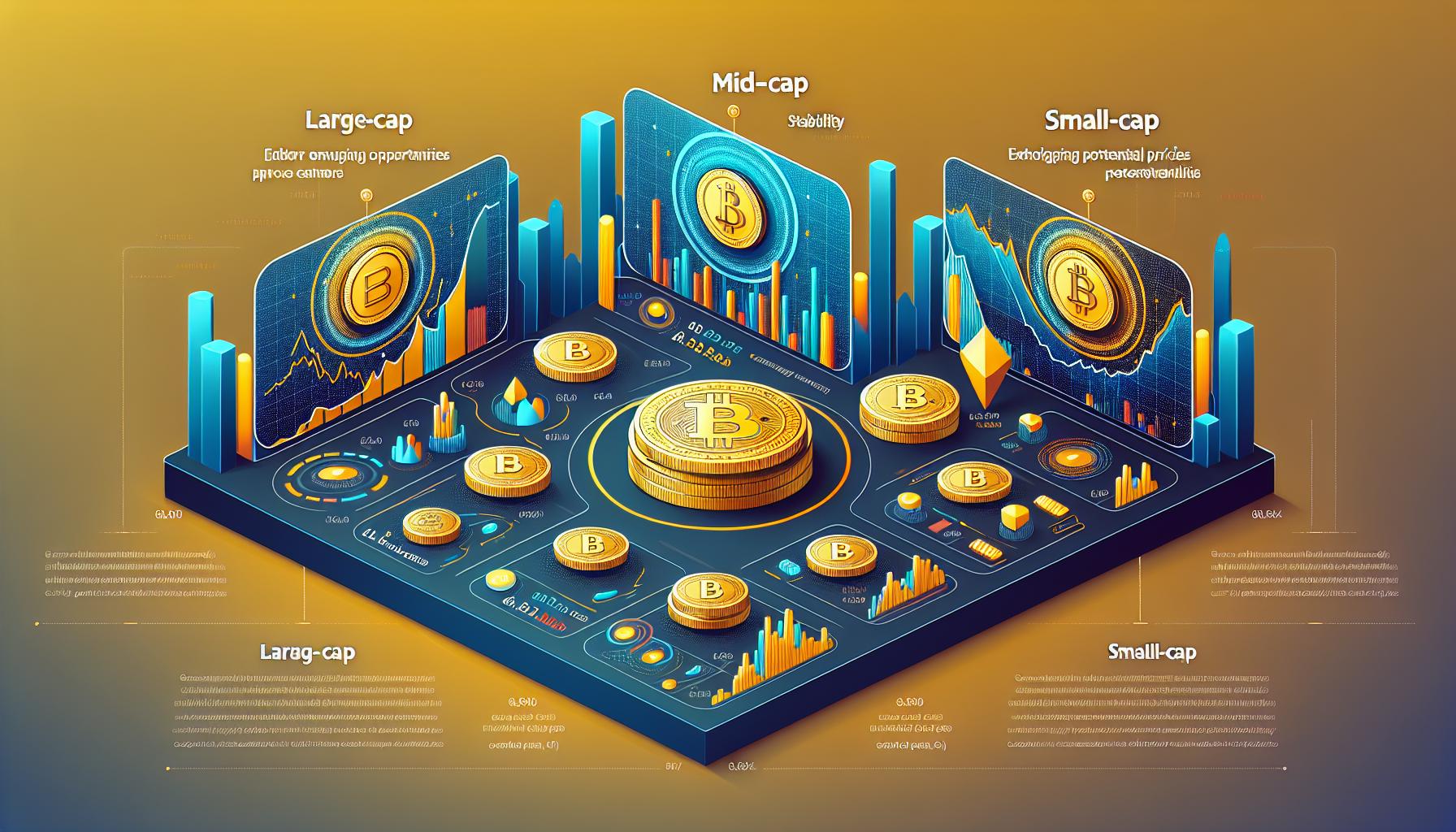What Have We Learned from Q2 Earnings and What Can We Expect from the Stock Market?
It is now one month since the first few calendar Q2 earnings hit the wire and, with the exception of the major big box retailers and a few others, most of the interesting and significant reports are now behind us. That makes it a good time to take stock (if you’ll pardon the expression): What impact have the reports had on the market? What have we learned from earnings so far that has implications for the future, and based on that, what can we expect from the stock market over the next couple of months?
As a general rule, unless they are monumentally and almost universally bad, earnings usually have a positive impact on the market overall. That is mainly because on average well over seventy percent of S&P 500 companies beat EPS estimates every quarter. As you might expect, traders and investors know that that is the case, and yet it still seems to surprise them every three months, with standard bottom-line beats eliciting positive responses every quarter. It is a crazy situation, but it benefits most of us who are involved in markets and is therefore something that we have just learned to live with.
What it does mean, though, is that when that average is met or exceeded, as it has been so far for Q2, but the market doesn’t respond positively, it is effectively a negative. That makes the one-month chart for the S&P 500 below a bit worrying:
Despite the inherently positive impact of an earnings season when close to eighty percent of S&P 500 companies have beaten on Earnings Per Share (EPS), the S&P 500 index is, as you can see, essentially flat over the period. There are a couple of reasons for that.
First, while EPS beats have been above average, the number of revenue beats has, at around sixty-five percent, been notably below normal. That suggests that while companies have done well, they have done so by cutting costs rather thriving than on the back of a strong economy. That is to be expected with the Fed continuing to raise rates, but the reality of Q2 earnings has brought into focus the fact that even a “soft landing” is still a landing, and we are descending right now.
Secondly, and somewhat more technically, the index gains over the last few months have been led disproportionately by a few big tech names, and somewhat disappointing numbers and forecasts from the likes of Microsoft (MSFT) and Apple (AAPL) have therefore had an exaggerated impact in the opposite direction, despite positive results from a few others, like Meta (META) and Alphabet (GOOG, GOOGL).That disparity in Q2 performance in big tech is actually in itself indicative of a trend so far this earnings season. Results are always varied and company specific, but they seem to be even more so this time around.
Over the last month of earnings, despite a higher than average number of beats on the bottom line, the net effect on the S&P 500 has been negligible at best, and performance has varied quite considerably, even within industries. All of that has implications for investors going forward.
First, the next few months will probably see some volatility. Economists and analysts can’t agree on what is coming, and nor can corporations if the commentaries that have come with earnings reports this quarter are anything to go by. Some believe that a recession, albeit a mild one, is imminent, others believe it will come next year, and still others believe it can be avoided altogether. That is why the net impact on stocks has been basically zero, and it means that markets will be even more sensitive than usual to news and data for the foreseeable future. That makes it a time to average into positions rather than commit to anything all in one go.
Also, while index funds are fine in the very long term, the current situation suggests that you may be better off for a while overweighting certain stocks or sectors that are outperforming. Big tech seems to be pausing and consolidating a bit, as are some larger manufacturing names. Even the enthusiasm around AI is cooling a little with names like Nvidia (NVDA) off their highs. However, there are areas that outperformed last quarter and can continue to do so. Energy, for example, where providing crude holds above $80 for a while, the benefits of increased investment over the last year or so in the industry can give a boost to the numbers.
Overall, the message that Q2 earnings are sending is that there is no clear message. Results varied from company to company and industry to industry, with no dominant theme emerging, other than that CEOs have no more of an idea how to read the situation than anyone else right now. That means that caution is warranted and investments that are made should be industry and stock specific rather than in index trackers. And, in uncertain markets, remember, dollar cost averaging is your friend.
The views and opinions expressed herein are the views and opinions of the author and do not necessarily reflect those of Nasdaq, Inc.
Analyst comment
Neutral news. The Q2 earnings reports have been mixed, with above-average EPS beats but below-average revenue beats. This suggests companies have been cutting costs rather than thriving due to a strong economy. The market has responded with negligible gains, and volatility is expected in the coming months. Investors should consider overweighting certain stocks or sectors that are outperforming, rather than relying solely on index funds. Caution and industry-specific investments are advised.













